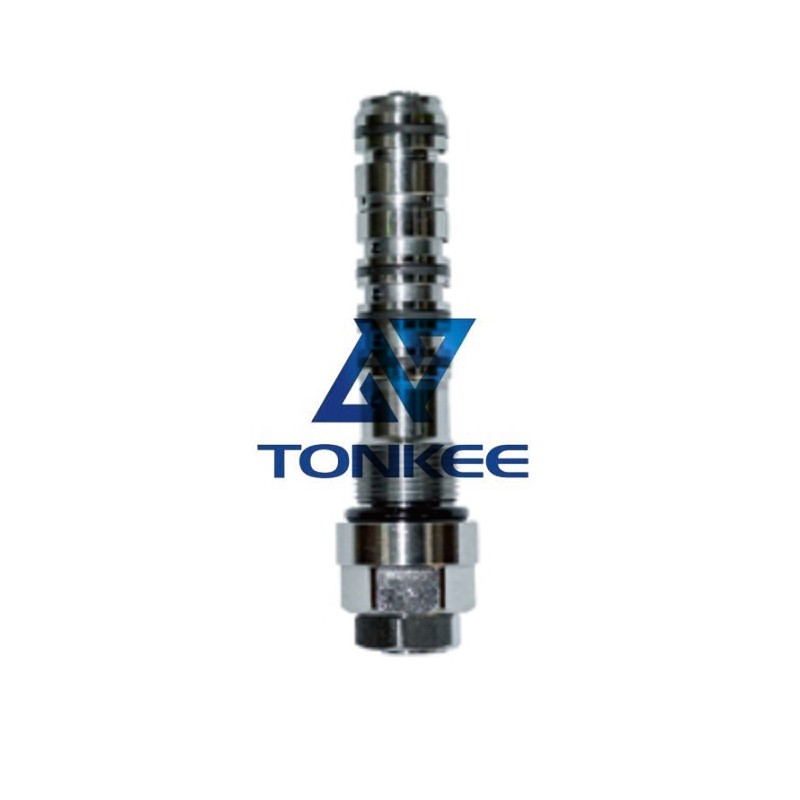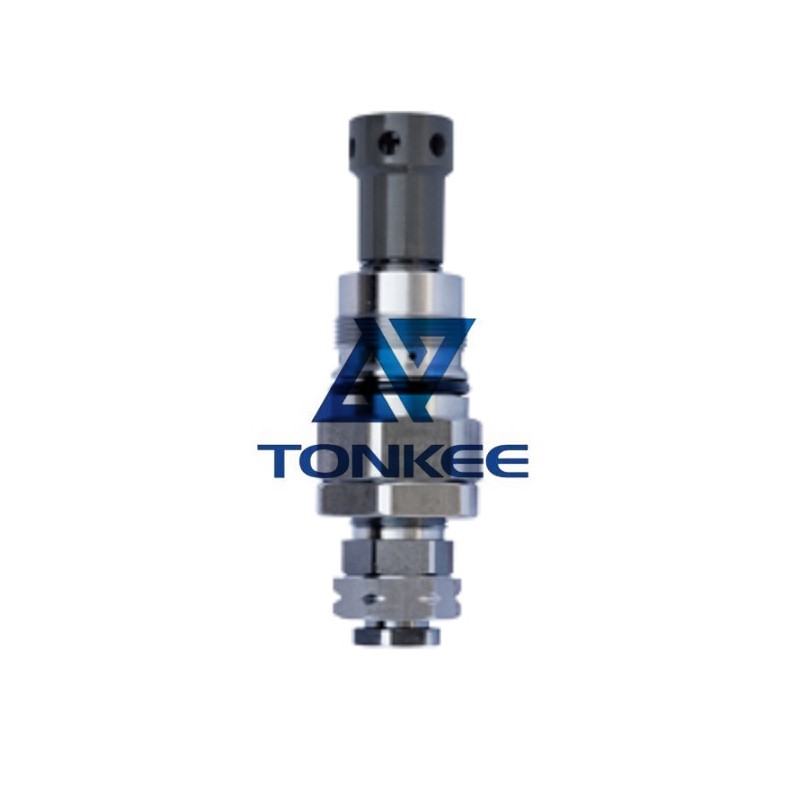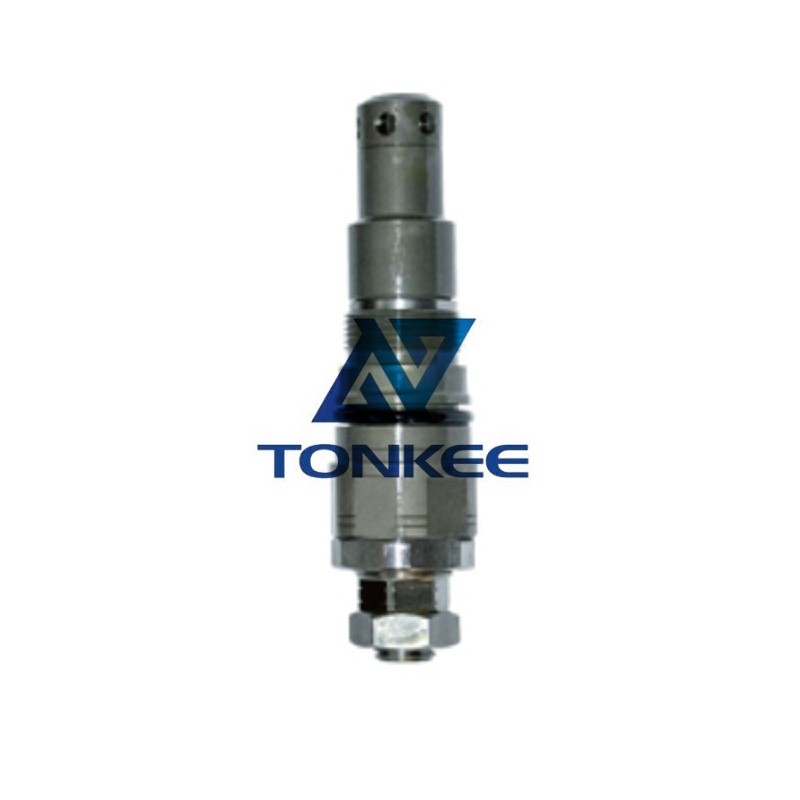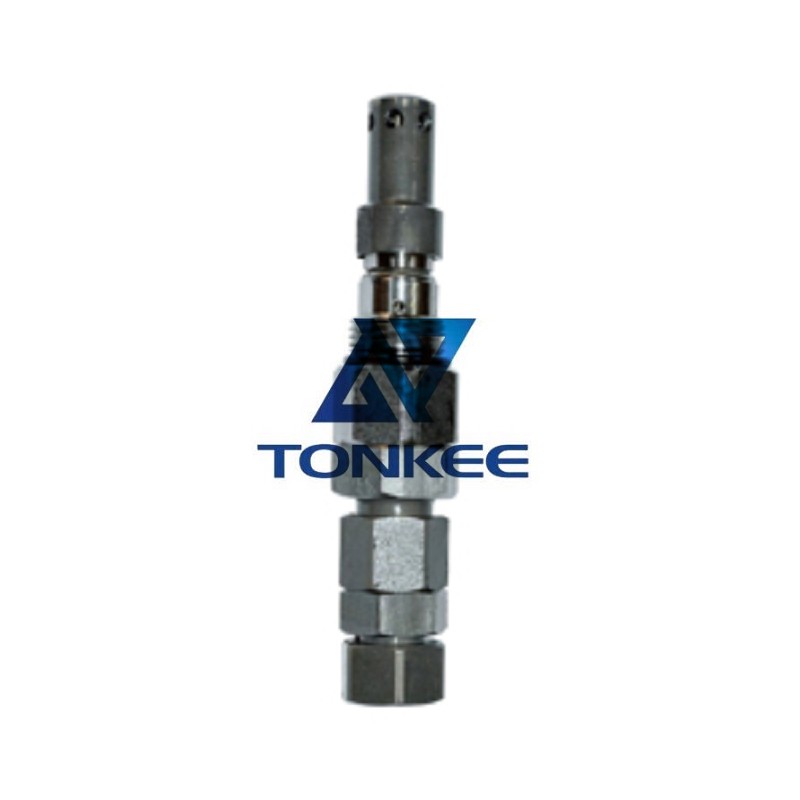
The PC300-8 LS Valve is designed to meet the high-performance demands of heavy-duty excavators.
It is manufactured using robust materials and advanced engineering techniques to ensure durability, reliability, and longevity. The valve body is typically constructed from high-strength cast iron or steel, providing excellent resistance to wear, corrosion, and high-pressure environments.
One of the primary functions of the PC300-8 LS Valve is to regulate the flow rate and direction of hydraulic fluid. It acts as a control valve, allowing precise adjustments of the hydraulic pressure and flow for different hydraulic circuits. This capability is crucial for controlling the movement of the excavator's boom, arm, and bucket, enabling smooth and efficient operation.
The PC300-8 LS Valve employs advanced hydraulic control technology, including proportional control and load-sensing mechanisms. Proportional control enables precise adjustment of the valve's opening, allowing for fine-tuning of hydraulic flow. This feature ensures optimal performance in various operating conditions, improving efficiency and productivity.
Load sensing is another important feature of the PC300-8 LS Valve. It allows the valve to detect the load pressure in the hydraulic system and adjust the flow accordingly. By matching the hydraulic flow to the load requirements, this valve optimizes energy usage, reducing fuel consumption and minimizing heat generation. This feature not only improves overall efficiency but also contributes to the longevity of the hydraulic components.
The PC300-8 LS Valve is equipped with multiple ports and connectors to facilitate integration into the hydraulic system of the excavator.
These ports allow for the connection of hydraulic lines, ensuring seamless fluid flow throughout the system. The valve is typically mounted near the main hydraulic pump, enabling efficient distribution of hydraulic power to different circuits.
To ensure ease of maintenance and serviceability, the PC300-8 LS Valve incorporates features such as replaceable seals, accessible control mechanisms, and clear labeling for identification. This design allows for efficient troubleshooting, repair, and replacement of components, minimizing downtime and maximizing operational uptime.





 English
English português
português Русский язык
Русский язык












